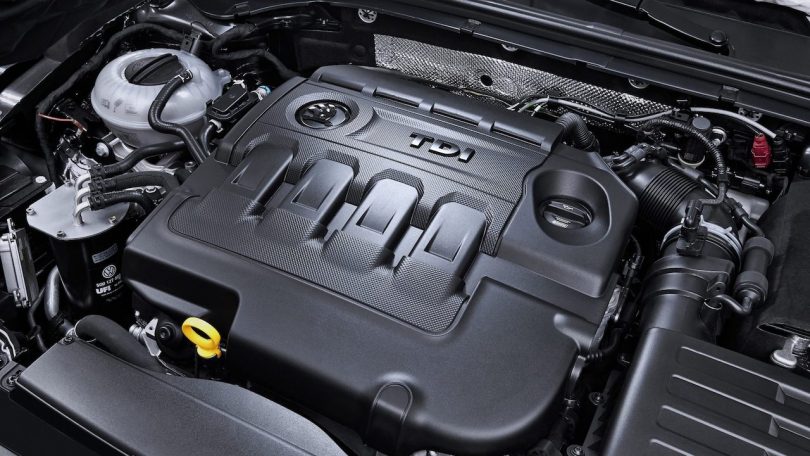The transport department of Delhi has announced that it will deregister all diesel vehicles that are 10 years old. Complying with the order from the National Green Tribunal (NGT), the deregistering of diesel vehicles will start from January 1st, 2022. Delhi’s transport department has also stated that owners of these diesel vehicles can apply for a No Objection Certificate (NOC). By doing so, owners can register these vehicles in regions with the least vehicle density in India.
NGT- Rules & Regulations
In 2014, the NGT announced that it wouldn’t allow the running of 15-year old petrol vehicles and 10-year old diesel vehicles. Applied in the National Capital Region (NCR), vehicle owners protested the order upon which the NGT tweaked the subsequent order. In 2016, the new order stated that the scrapping of diesel vehicles older than 15 years needs to take place. The vehicles needed to comply with BS-1 and BS-2 norms, which relieved owners as they had paid a 15-year one-time road tax.
In order for the issuing of the NOC, the 2016 circular by the NGT underlined certain rules for vehicle owners. These included:
1. No NOC for over 15-year old diesel vehicles.
2. Owners of 10-year old diesel vehicles or 15-year old petrol vehicles can apply for the NOC across India.
3. The issuing of the NOC for the aforementioned vehicles will take place in regions with the lowest vehicle density.
The NGT order also states that once the vehicle undergoes deregistration, owners must scrap it or retrofit an electric powertrain. If owners select the 2nd option, then transport department-approved agencies can retrofit the deregistered vehicle with an empanelled electric kit.
Other News
Meanwhile, the Indian Government recently announced its plans of introducing an INR 76,000 crore incentive scheme for semiconductor chips. The provided guidelines state that the Government of India will cover 50% of the cost for manufacturing the chips. This also includes the cost of the entire project of assembling facilities undertaken by the manufacturers to reduce their expenses.
According to the new incentive scheme, the Government will provide 50%, 40%, or 30% coverage for semiconductor chips. This percentage will depend on the overall size of the semiconductor chips, which range from 28nm, 45nm, and 65nm. This will allow the researchers to work towards building smaller yet better semiconductor chips for the Indian market.
Also Read: Piaggio & Zongshen develop new 150cc scooter engine



